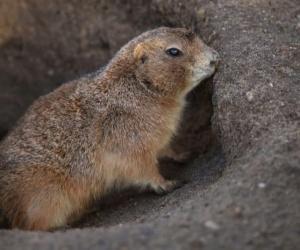Discover the 8 States That Border Missouri
In the heart of the United States lies , a state with a diverse landscape and rich history. Its unique geographical location places it at the crossroads of eight other states. Missouri currently shares a border with Iowa, Illinois, Kentucky, Tennessee, Arkansas, Oklahoma, Kansas, and Nebraska. Each of these neighboring states brings its own distinct character and cultural influence to Missouri’s borders. In this article, we will explore the eight states that border Missouri, delving into their shared histories, regional characteristics, and the ways in which they interact with the .
Iowa: The Northern Neighbor
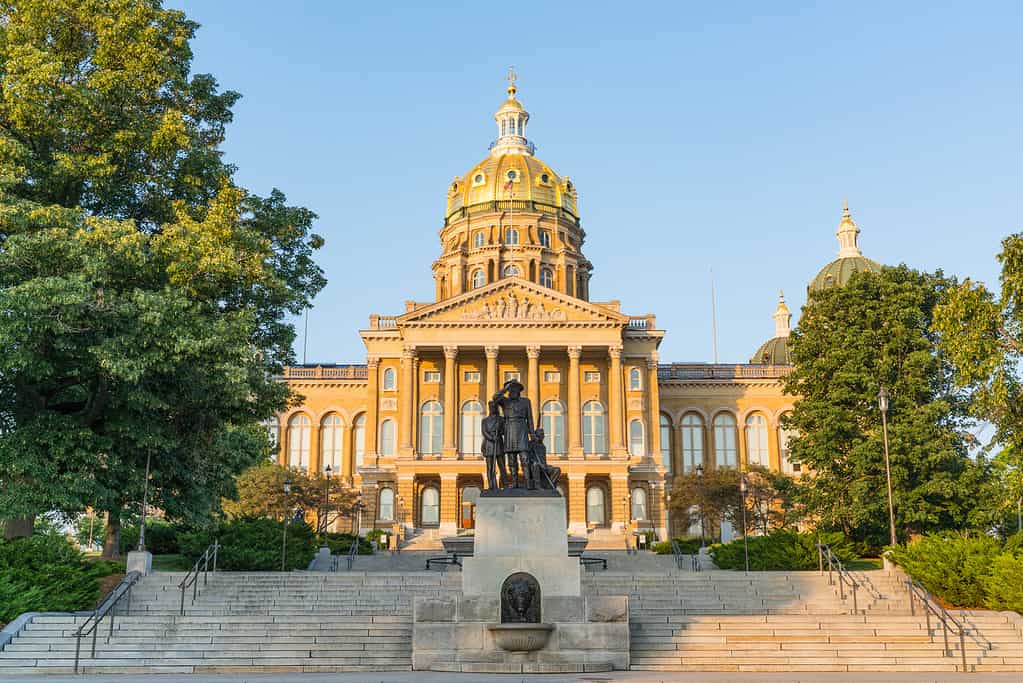
©pabradyphoto/iStock via Getty Images
Missouri’s northern neighbor, , shares a border with it that stretches approximately 230 miles. Iowa is famous for its rich agricultural heritage. This also extends into the northeastern part of Missouri, creating a shared connection rooted in farming traditions. The rolling hills and fertile farmland of both states also are a common thread that links their agricultural legacies.
Illinois: Across the River
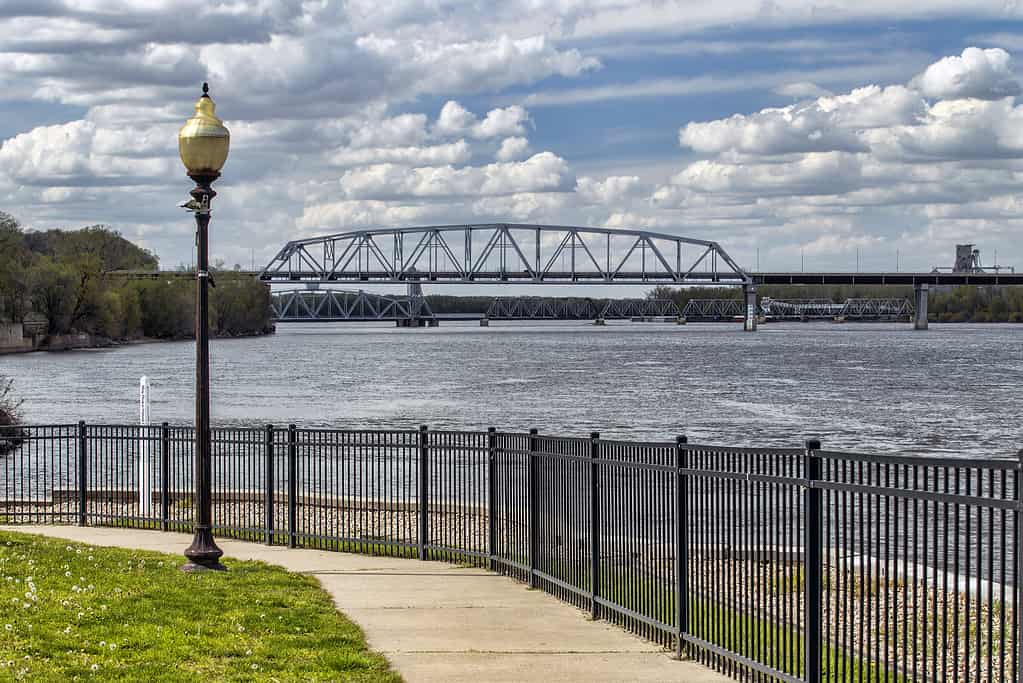
©fotoguy22/iStock via Getty Images
To the east, Missouri shares its border with . The mighty Mississippi River is a defining geographical feature along this border. It also serves as a natural boundary between the two states for much of their border. This river fosters trade and transportation between the two states, creating a vital connection. Notably, St. Louis, Missouri’s largest city, is closely linked to its Illinois neighbor, East St. Louis. This forms a metropolitan area that spans the river.
One notable shared feature between Missouri and Illinois is the historic city of Hannibal. This city lies along the banks of the Mississippi River. Hannibal is famous as the hometown of Samuel Clemens, the iconic author also known as Mark Twain. This town draws visitors from both sides of the border who come to explore the author’s literary legacy. Here, they can immerse themselves in the tales of Tom Sawyer and Huckleberry Finn.
The connection between St. Louis and East St. Louis also speaks to the shared economic and cultural interests of these regions. Additionally, southern Illinois and southeast Missouri share similarities in their rural landscapes. This is because agriculture plays a significant role in both states’ economies. These commonalities have historically fostered trade and a sense of regional identity between the two states.
Kentucky: Southern Charm
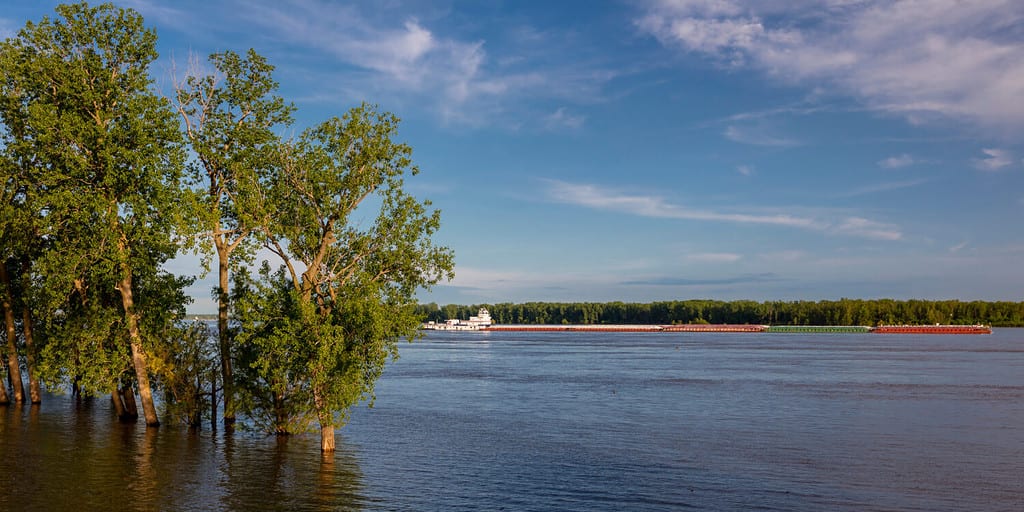
©Joseph Sohm/Shutterstock.com
Although short, part of Missouri’s southeastern border is with . Kentucky is a state famous for its southern charm, rolling hills, and iconic bluegrass music tradition. The Mississippi River serves as a natural boundary between the two states. The shared history of these neighboring regions is intertwined, as both have deep roots in American history.
In southeastern Missouri, the rugged Ozark Mountains transition into the flatlands of the Mississippi Delta. This delta creates the fertile plains of western Kentucky. These regions share a connection through their agricultural production. This is because crops like cotton and soybeans are prominent in both states.
Tennessee: Music and History
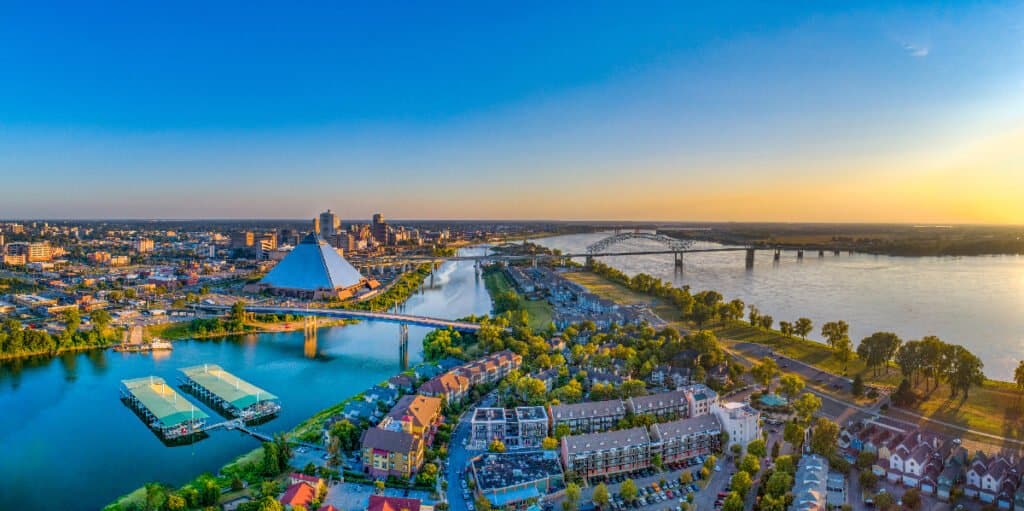
©iStock.com/Kruck20
Missouri’s southern border also meets , a state famous for its rich musical heritage and historical significance. Like with Kentucky, the Mississippi River marks a natural boundary between Missouri and Tennessee. These neighboring states share common cultural threads that resonate with music enthusiasts and history buffs.
The Ozark Plateau of southern Missouri shares a connection with the hills and valleys of western Tennessee. This is because both regions have musical traditions. From bluegrass and country in the Ozarks to blues and rock ‘n’ roll in Memphis, the musical legacies of these states have made their mark on American music history.
Arkansas: The Western Neighbor
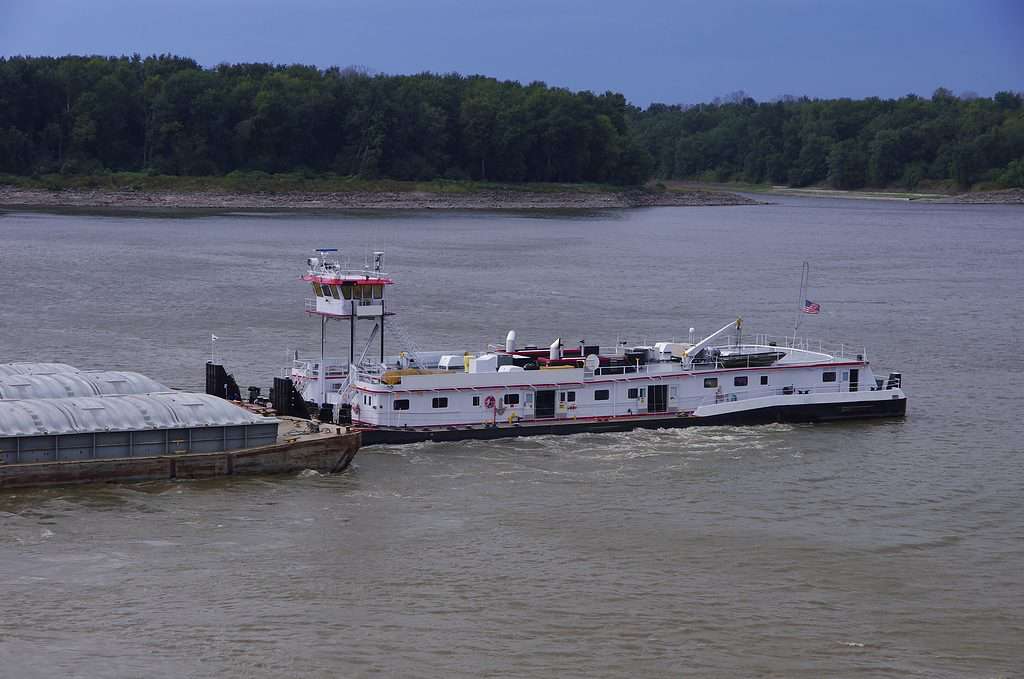
©RozenskiP/Shutterstock.com
Missouri’s southwestern border meets with Arkansas, which is a state that has a diverse landscape that ranges from the Mississippi Delta to the rugged beauty of the Ozark Mountains. The Ozark Plateau extends from Missouri into Arkansas, creating a natural extension of the landscapes found in southern Missouri.
One unique shared feature along the Missouri-Arkansas border is the National River. Flowing through the picturesque Ozark Mountains, this river draws outdoor lovers from both states for activities like canoeing, hiking, and camping. The natural beauty of this region also fosters a sense of environmental stewardship and appreciation for the outdoors.
Oklahoma: Southwestern Connection
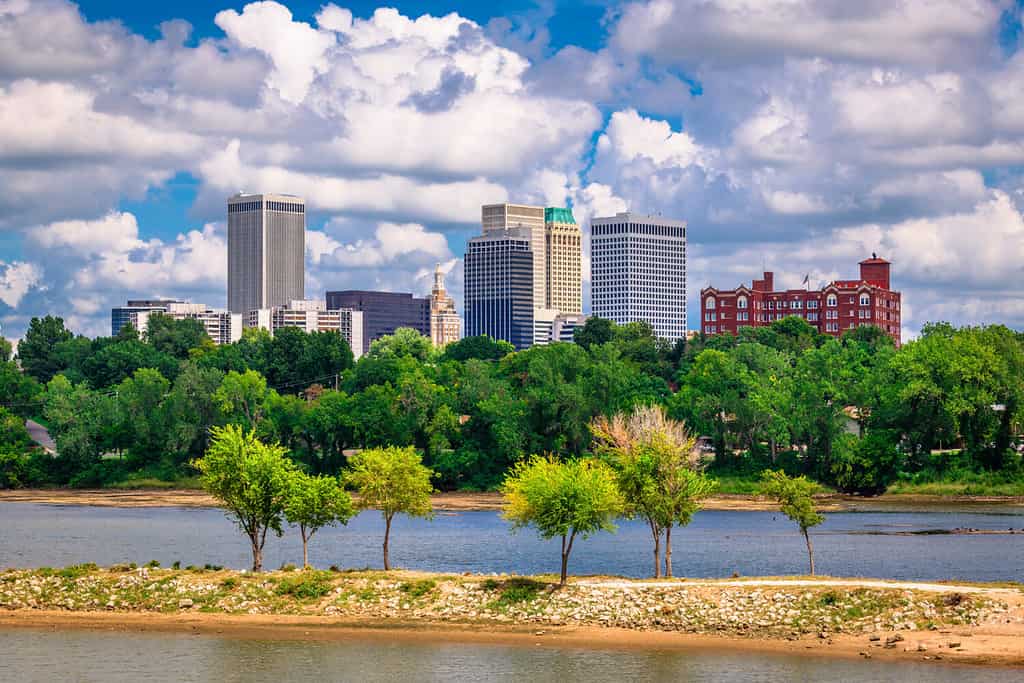
©Sean Pavone/Shutterstock.com
To the southwest, Missouri shares its border with Oklahoma. The two states are linked by the rolling prairies of northeastern Oklahoma and the Ozark Plateau in Missouri. The connection between these regions can be seen in their shared appreciation for outdoor recreation. This is because both areas offer ample opportunities for hiking, hunting, and fishing.
Historically, this border region has been influenced by Native American cultures, especially the Cherokee Nation. This is because Oklahoma is home to many tribes and Missouri has its own indigenous history. This shared heritage is reflected in cultural events and traditions that celebrate the Native American history of the region.
Kansas: The Western Border
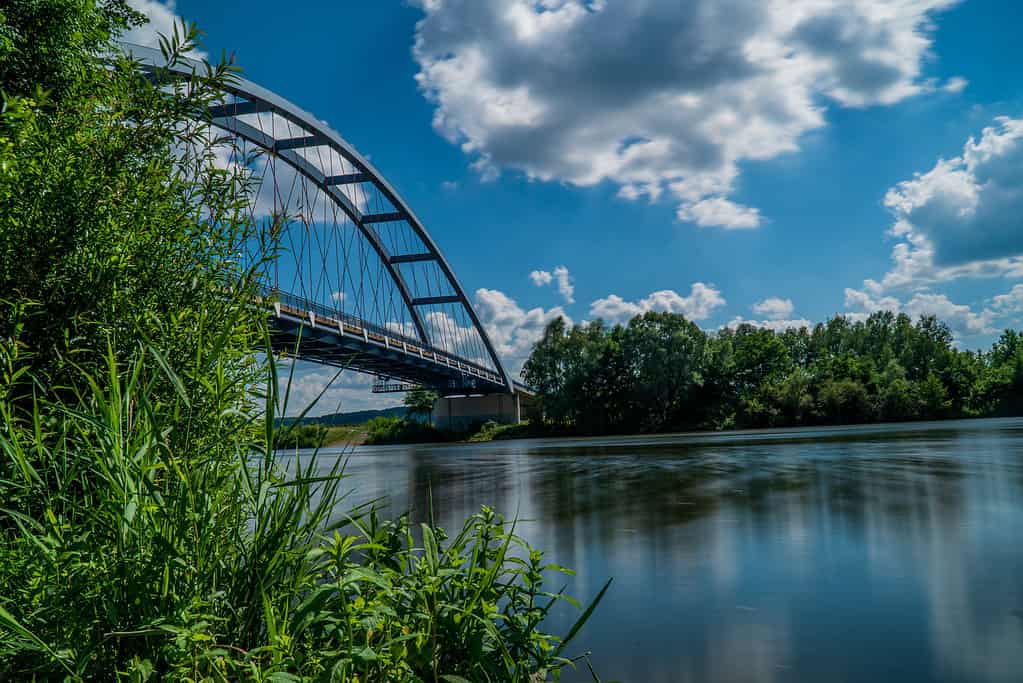
©Wirestock/iStock via Getty Images
Kansas is Missouri’s western neighbor. The relationship between Missouri and Kansas is deeply rooted in history. This is because the region has played a significant role in the events leading up to the American Civil War. The shared history of the border region includes events like the “Bleeding Kansas” era, during which tensions over slavery flared, ultimately contributing to the broader conflict of the Civil War.
One historically significant town along the Missouri-Kansas border is Kansas City, which is split between the two states. This city serves as a cultural and economic hub for the entire region, offering a diverse range of attractions, from world-class barbecue to professional sports teams.
Nebraska: Another Northern Neighbor
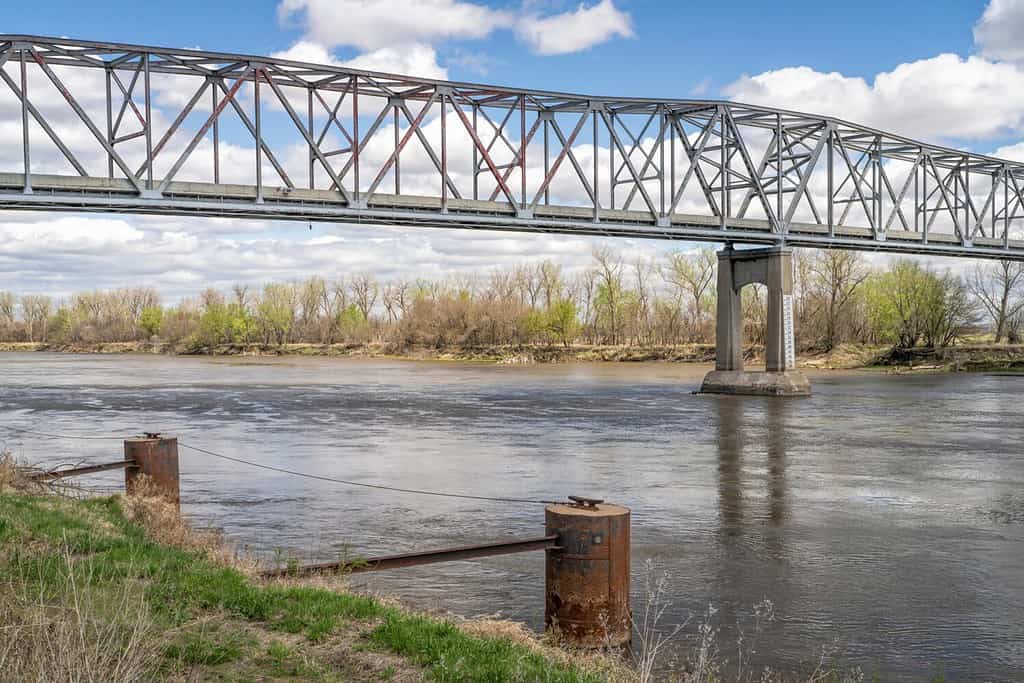
©marekuliasz/Shutterstock.com
To the northwest, Missouri shares its border with Nebraska. The Missouri River flowing from west to east serves as a natural divider. While Nebraska and Missouri differ in many ways, they share a common interest in preserving the natural beauty of the Missouri River Valley.
The Missouri River serves as a vital waterway for transportation and commerce. Additionally, the Missouri River Valley offers recreational opportunities, such as hiking and birdwatching. This border region is important due to shared environmental stewardship.
Summary Table of The Eight States That Border Missouri
Here’s a summarized table highlighting key aspects of each of the eight states that border Missouri:
| State | Location | Geographical Features | Shared Cultural Elements | Notable Shared Regions/Places |
|---|---|---|---|---|
| Iowa | Northern Border | Mississippi River, Farmland | Agricultural heritage, Mark Twain’s legacy | Hannibal, Farmland, Mississippi River |
| Illinois | Eastern Border | Mississippi River, Urban Areas | Economic and cultural ties, St. Louis metro | St. Louis, East St. Louis, Mississippi River |
| Kentucky | Southern Border | Mississippi River, Bluegrass | Southern charm, historical connections | Agricultural Plains, Bluegrass Music |
| Tennessee | Southern Border | Mississippi River, Music | Musical traditions, Civil War history | Memphis, Music Heritage, Mississippi River |
| Arkansas | Western Border | Ozark Mountains, Mississippi River | Natural beauty, outdoor recreation | Ozark Mountains, Buffalo National River |
| Oklahoma | Southwestern Border | Rolling Prairies, Ozark Plateau | Native American influence, outdoor recreation | Rolling Prairies, Outdoor Enthusiasts |
| Kansas | Western Border | Plains, Kansas City | Shared history, cultural diversity | Kansas City, “Bleeding Kansas” |
| Nebraska | Northernmost Border | Missouri River, Valley | River preservation, nature appreciation | Missouri River Valley, Outdoor Activities |
As we can see, each state brings its unique character and history to the region, contributing to the diverse culture of the American Midwest.






